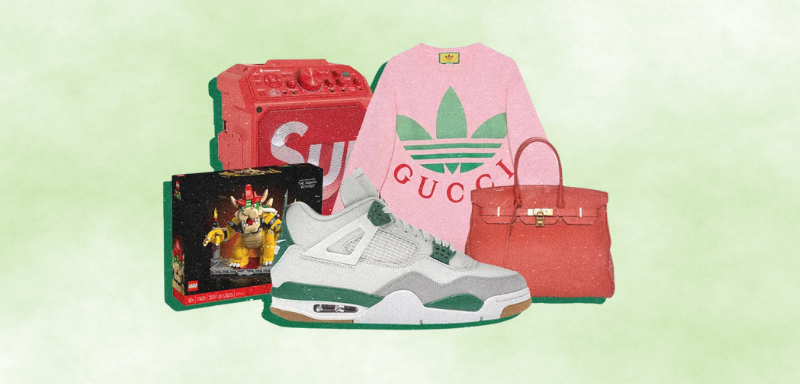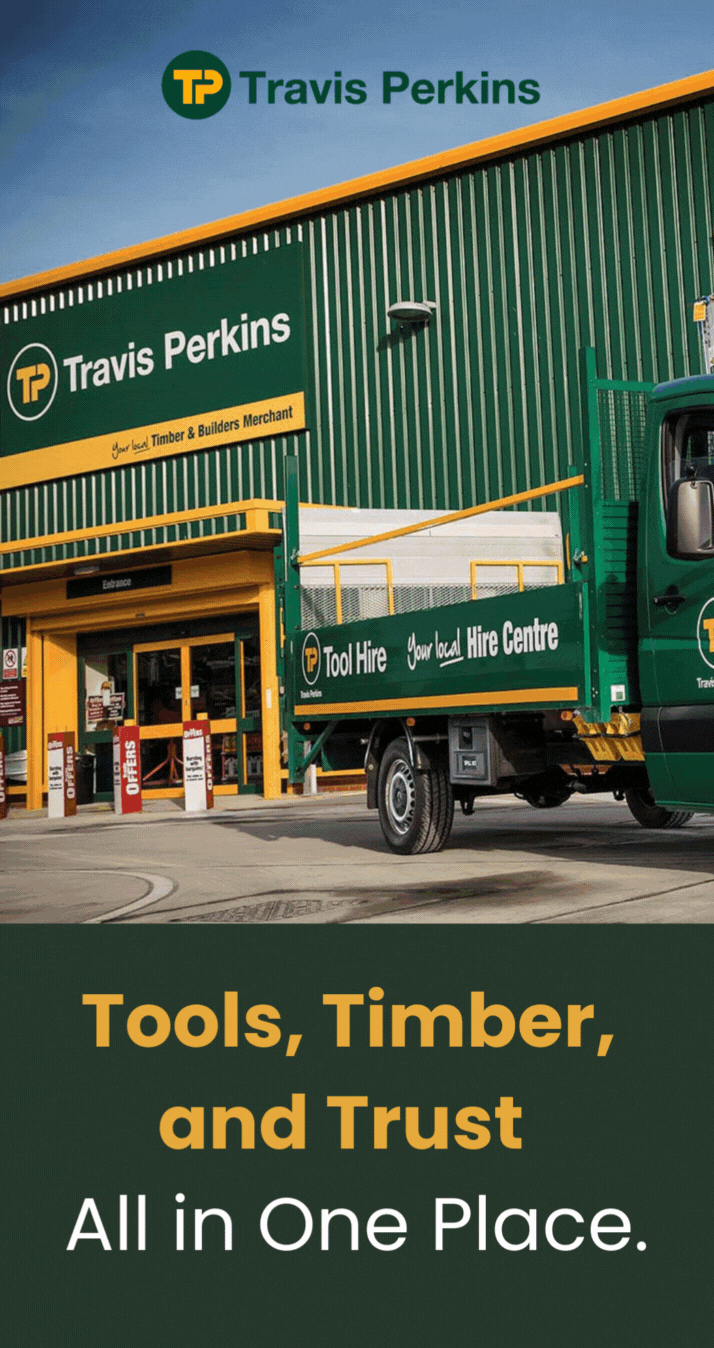In the fast-paced realm of e-commerce, there are few companies that have been able to adapt and grow as much as StockX. Initially launched as a niche marketplace for sneaker fans, StockX has slowly expanded to become a much larger platform – which now includes streetwear, luxury handbags, watches, electronics, and high-end computer hardware.
But how did this transformation occur? And what can other companies learn from it? This post examines StockX’s diversification strategy, the hurdles they encountered, and the benefits of diversification in a volatile retail space.
The StockX Origin Story

StockX launched with a narrow focus on authenticated resale of limited edition shoes. The company’s stock-market-like, real-time buy-and-sell, pricing model resonated with sneaker collectors and resellers who were looking for a trusted, transparent marketplace.
But, StockX is not stopping there.
The company noted that consumer demand extended beyond footwear and began exploring opportunities in adjacent markets, using its authentication expertise and marketplace framework to sell other high-value goods.
The Push Towards Diversification

StockX has expanded its listings over the past few years to now include:
- Streetwear from brands like Supreme and BAPE
- Designer Bags and luxury accessories
- Collectibles like trading cards and figurines
- Consumer electronics like graphics cards and gaming consoles
This isn’t just a reaction to trends, but also a calculated move based on emerging customer needs and market shifts.
StockX has had a number of benefits to diversifying its offerings:
- Attract new customer bases
- Increase average order value
- Become more resilient to fluctuations
Challenges in Expanding Product Categories

Surely enough, diversification is accompanied by its own set of challenges.
Credibility and authenticity: StockX has built its reputation on being the most trusted source for authentic sneakers. As StockX entered other product categories, it needed to ensure that the authentication process was just as rigorous for any item, whether it was a pricey handbag or a computer part.
Platform infrastructure: Supporting a wider variety of products typically requires backend changes, which include storage processes and user interfaces. Maintaining a seamless experience across three product categories, and various product types, is not an easy task.
Brand perception: There must be a careful balance of expanding its product offerings while maintaining StockX’s brand identity. The challenges were two-fold, on one hand trying to maintain a curated as a high-end marketplace and on the other not ostracizing consumers who would be pleased to buy a small accessory.
Leveraging Data for Smarter Cross-Selling

An additional facet of StockX‘s growth strategy is the platform’s leverage of data to upsell and cross-sell and related products. StockX operates entirely online, allowing the platform to observe where its users click beyond a primary product and offer suggestions on related products, such as a hoodie to complement a new pair of sneakers, or accessories to match a luxury handbag.
This personalized experience has a positive outcome for user engagement, and serves as a good demonstration of how technology can add value to deepen customer relations — even when retail isn’t a traditional retail experience.
Final Thoughts

StockX is an interesting example of strategic diversification. By gradually diversifying into adjacent markets, and remaining true to its original foundation of authentication and trust, StockX has managed to succeed and grow in a highly competitive e-commerce landscape.
For companies beginning to expand or pivot, StockX demonstrates with a mix of innovation, technology, and customer knowledge, a company can still evolve while remaining true to its roots.







